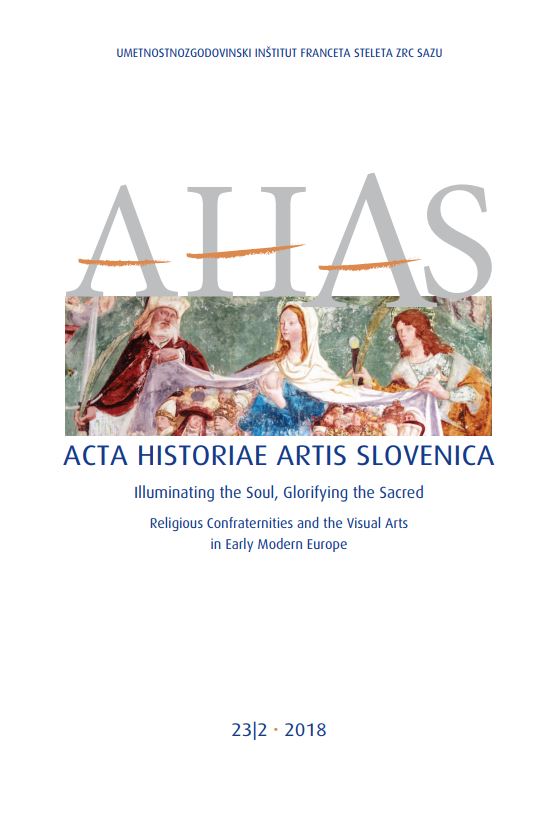The Casse Processionali of Genoese and Ligurian Brotherhoods. Patronage, Preeminence, and Preservation of Anton Maria Maragliano’s Multi-Figured Processional Sculptures
DOI:
https://doi.org/10.3986/ahas.v23i2.7332Keywords:
Anton Maria Maragliano, Ligurian brotherhoods, processional sculptural group, casse processionali, wood sculpture, oratory, Casaccia/Casacce, Genoa, 17th century, 18th centuryAbstract
In the territory of the Republic of Genoa, religious brotherhoods left their enduring mark on society from their 13th-century foundations until their dramatic suppression under French domination in 1811. Those in the countryside villages that continued to exist played (and still play) a crucial role not only in the preservation of pre-modern traditions, but also in the conservation of monumental works of art commissioned by Genoese and Ligurian casacce (confraternities). This essay focuses on the remarkably vibrant, polychrome wood sculptural groups that were borne aloft in their processions, then venerated as cult objects in oratories and churches. The development of casse processionali from the mid-16thcentury to their extraordinary profusion in the 18th century and the remarkable history of their preservation bear witness to the evocative and highly influential new concepts for these multi-figured groups created by their greatest exponent, Anton Maria Maragliano (1664–1739).
Downloads
Downloads
Published
How to Cite
Issue
Section
License
Authors guarantee that the work is their own original creation and does not infringe any statutory or common-law copyright or any proprietary right of any third party. In case of claims by third parties, authors commit their self to defend the interests of the publisher, and shall cover any potential costs.
More in: Submission chapter




